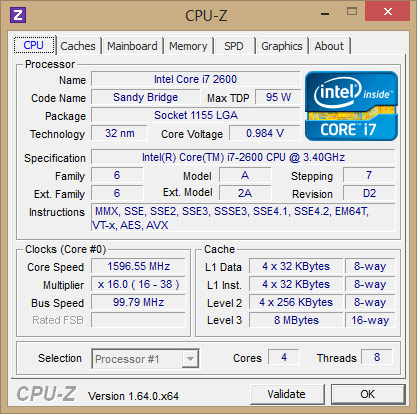How to determine a computer bus speed
When discussing bus speed, the front-side bus is what is being referred to, but another important bus speed reference is the memory bus. The front-side bus is what connects the CPU (central processing unit) to the Northbridge, which then connects to the computer RAM (random-access memory) via the memory bus. The Northbridge "bridges" the gap between the CPU and RAM and the two communicate via the two buses.
In general, the faster the bus speed, the faster the computer. That works up to a point and can't make up for slow processors. But generally, a faster bus means a faster computer.
To determine the front-side bus speed on your computer, there are two primary options:
Motherboard documentation
Locate the model number of your computer's motherboard and search for the manufacturer and model number on the Internet. Detailed specs of the motherboard should include the front-side bus speed, measured in MHz. You can find the memory bus speed, as well.
Third-party utility
Many programs are available over the Internet that list the speed of the front-side bus. Some of these programs are free and some require payment. One free program that is worth checking out is CPU-Z. It can be downloaded to your computer from various websites and provides detailed information about your computer, including the front-side bus speed.
For example, in the picture below, you can see that the bus speed is 99.79 MHz, which means this system has a 100 MHz bus speed.

